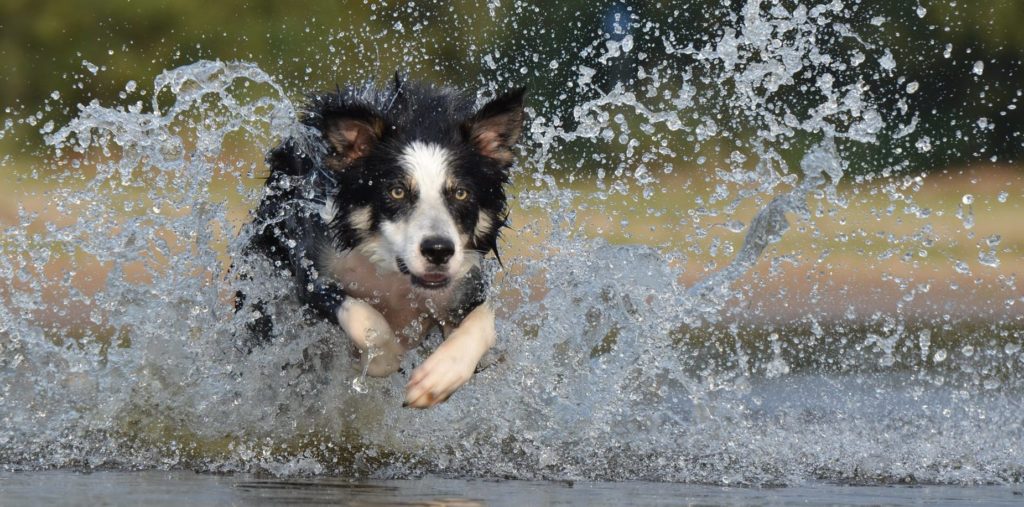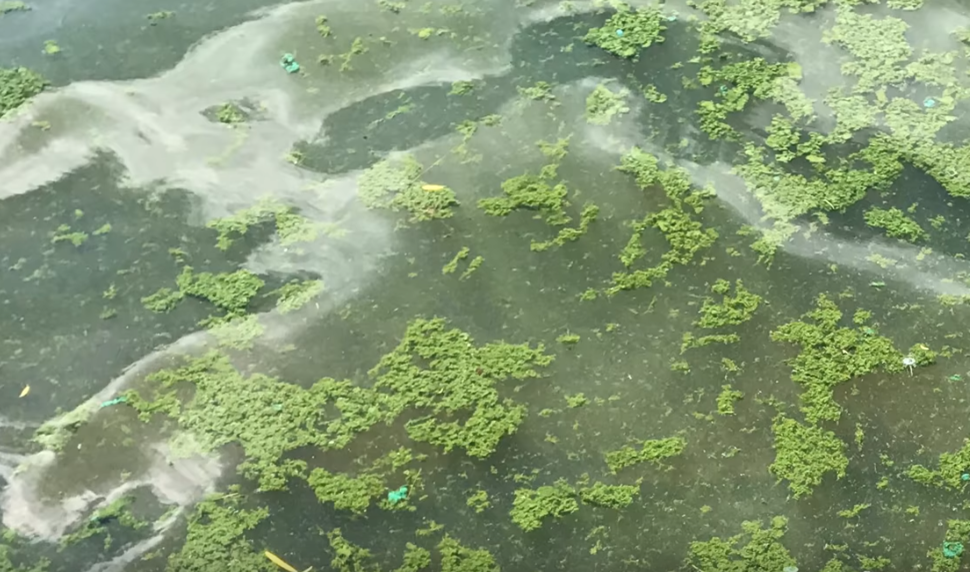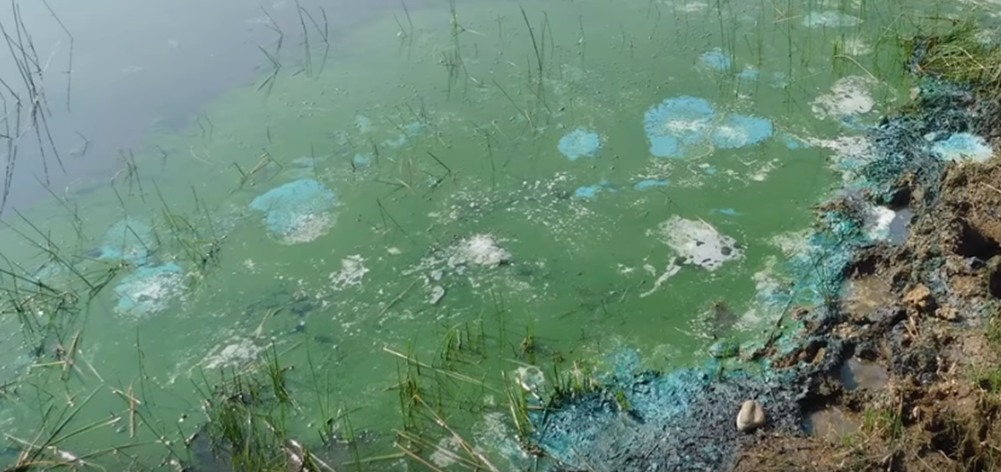
Sunny days and warmer months allow pets and their owners to spend time together playing in the water; however, pet owners need to be especially vigilant this time of year as some water can become toxic to both humans and animals. The Idaho Department of Environmental Quality currently has water advisories in effect for the state.
Warm water provides the perfect opportunity for algae to multiply and flourish. Toxic Algae Blooms (also known as cyanobacteria or Blue-Green Algae) can spread and eventually take over a large section or an entire body of water. The water becomes poisonous and can be deadly; in 2019, three dogs in North Carolina died just days after swimming in a pond contaminated by the toxic algae.
How to tell if water is potentially toxic:
If you look across a body of water and there appears to be pea-green slime, bright-colored “moss”, or a bright green circles across the surface, this is toxic algae. If it is windy, the algae blooms may have been temporarily pushed to the shoreline; however, this doesn’t mean that the water is safe to swim in or drink.

Screenshot: Idaho Department of Environmental Quality

Screenshot: Idaho Department of Environmental Quality
How does Toxic Algae start?
“The overgrowth is stimulated by the presence of high levels of nitrogen, which often occurs following flooding or runoff from heavy rains or snows in fields and pastures where there is manure from livestock or wildlife, heavy fertilizer use or after grass or forest fires. There are more than 30 species of cyanobacteria associated with toxic water blooms. Some will produce neurotoxic alkaloids called anatoxins while others produce hepatotoxins called microcystins – and some genera produce both. When both types of toxins are present, neurologic signs will appear within minutes; hepatotoxins will take one or more hours after exposure to cause signs.” — ASPCA
What to do if you’ve encountered toxic algae:
If you’ve encountered toxic algae or believe there may be a risk, immediately rinse yourself and your pet off in freshwater. Monitor your pet closely for the next several hours and if your pet is showing signs of distress, take them to the vet as soon as possible and let them know your pet may have been exposed to toxic algae.
“What does a harmful algal bloom look like and how can you report one? We explain what to look for and how to contact DEQ if you suspect one is in an Idaho water body. When in doubt, stay out!”